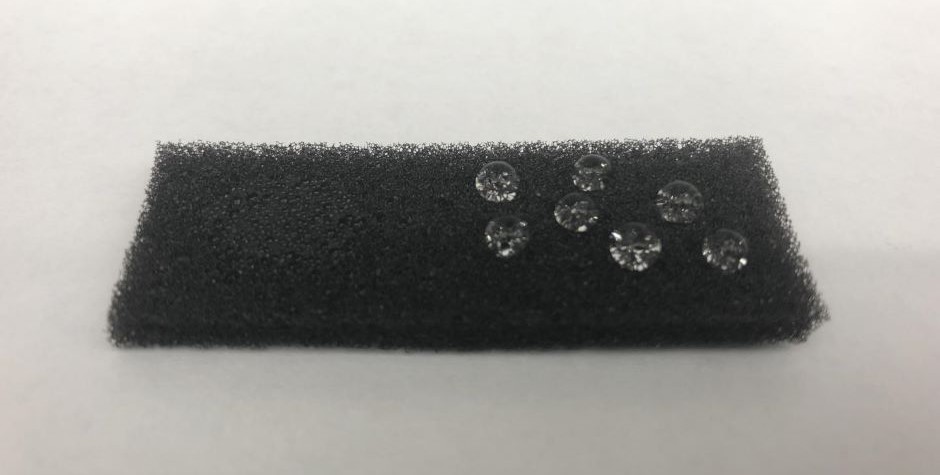
The smart sponge can reportedly absorb over 30 times its weight in oil, making it inexpensive and efficient material to clean up oil spills without harming marine life. After squeezing the oil out of the sponge, the team at Northwestern said it can be reused many dozens of times without losing its effectiveness.
Sponge speeds up removal of oil from wastewater
"Oil spills have devastating and immediate effects on the environment, human health and economy," said Northwestern's Vinayak Dravid, who led the research. "Although many spills are small and may not make the evening news, they are still profoundly invasive to the ecosystem and surrounding community. Our sponge can remediate these spills in a more economic, efficient and eco-friendly manner than any of the current state-of-the-art solutions."
The research has been published in Industrial Engineering and Chemical Research.
Oil spill clean-up is an expensive and complicated process that often harms marine life and further damages the environment. Currently used solutions include burning the oil, using chemical dispersants to breakdown oil into very small droplets, skimming oil floating on top of water and/or absorbing it with sorbents.
"Each approach has its own drawbacks and none are sustainable solutions," said Vikas Nandwana, a senior research associate in Dravid's laboratory, the paper's first author. "Burning increases carbon emissions and dispersants are terribly harmful for marine wildlife. Skimmers don't work in rough waters or with thin layers of oil. And sorbents are not only expensive, but they generate a huge amount of physical waste.”
The Northwestern solution is said to use a nanocomposite coating of magnetic nanostructures and a carbon-based substrate that is oleophilic (attracts oil), hydrophobic (resists water) and magnetic. The nanocomposite's nanoporous 3D structure selectively interacts with and binds to the oil molecules, capturing and storing the oil until it is forced out.
According to Northwestern, the magnetic nanostructures give the smart sponge two additional functionalities: controlled movement in the presence of an external magnetic field and desorption of adsorbed components, such as oil, in a simulated and remote manner.
The OHM (oleophilic hydrophobic magnetic) nanocomposite slurry can be used to coat any cheap, commercially available sponge. The researchers applied a thin coating of the slurry to the sponge, squeezed out the excess and let it dry. The sponge is quickly and easily converted into a smart sponge (or OHM sponge) with a selective affinity for oil.
Vinayak and his team tested the OHM sponge with different types of crude oils of varying density and viscosity. The OHM sponge consistently absorbed up to 30 times its weight in oil, leaving the water behind. To mimic natural waves, researchers put the OHM sponge on a shaker submerged in water. Even after vigorous shaking, the sponge release less than one per cent of its absorbed oil back into the water.
"Our sponge works effectively in diverse and extreme aquatic conditions that have different pH and salinity levels," Dravid said in a statement. "We believe we can address a giga-ton problem with a nanoscale solution."




Glasgow trial explores AR cues for autonomous road safety
They've ploughed into a few vulnerable road users in the past. Making that less likely will make it spectacularly easy to stop the traffic for...